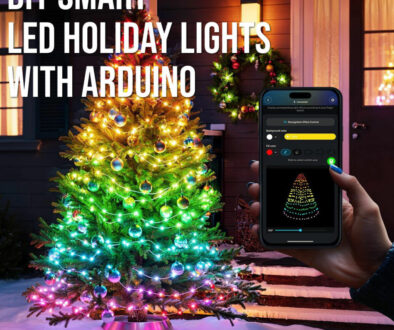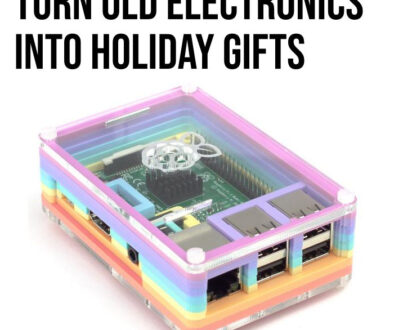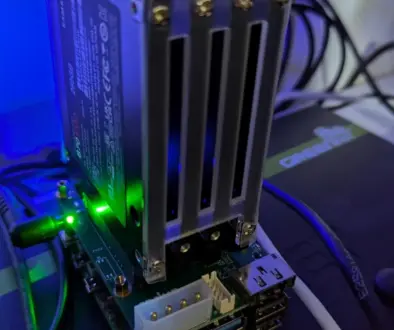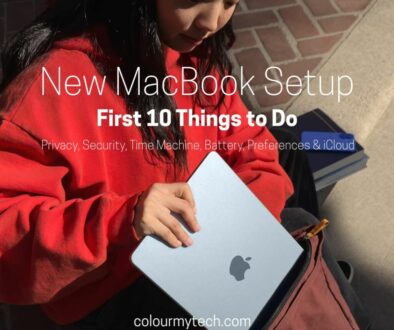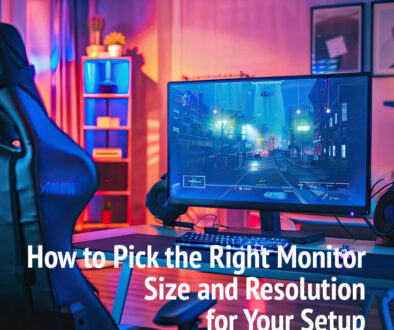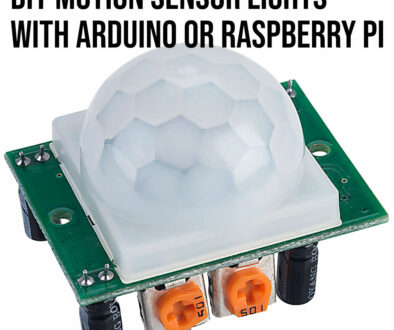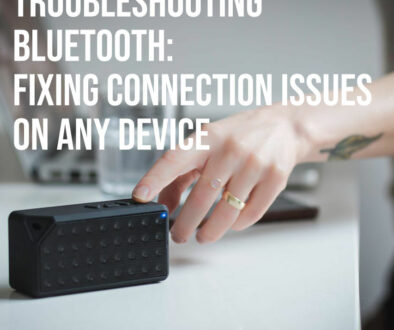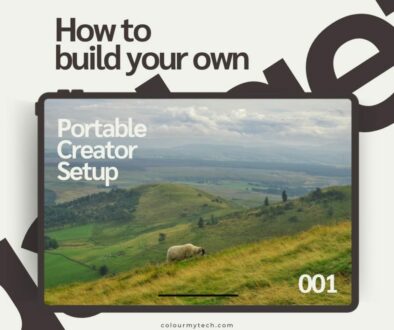Everything You Need To Know About Product Photography & Essential Accessories
Product photography is a great source of secondary income and has become a very popular genre of photography, thanks mainly to the boom in online eCommerce businesses. More and more e-commerce stores are looking for product photographers to take professional photos of their products.
Product Photography as a Business
Big companies have their in-house photography set-up with photographers on pay-roll. Many, however, outsource the entire operation of taking photos and getting them ready for online posting to freelance photographers. And this is where contractual photographers offering product photography as a specialist business service can make themselves useful.
With the ongoing Covid-19 pandemic still raging on, assignments that will allow you to shoot at the client’s premises are difficult to come by. So, the next best thing is to work from the safety of your own home. This is where product photography shines through.

Getting Started with Product Photography
The best thing about product photography as a genre is that you can comfortably shoot inside your home/home studio. Plus, you don’t need an assistant to help you at any time. If you are a professional photographer stuck at home without a job and waiting for the pandemic to be over, product photography is a genre that you can take a serious look at. Even if it is something that you may have never done before, it is easy to master and can offer you a steady source of income till things become normal.
Product photography is one of the least cost-intensive photography genres. You need a basic camera, preferably a DSLR (or anything that allows you to shoot in RAW), a decent lens – nothing too fancy, and an image editing platform with the requisite software. It is likely that you already own everything that you need to start product photography.
Let’s take a look at a few requirements of product photography. These include choosing the right light to shoot in, choosing the right background, and an introduction to a bunch of other tools.

Essentials of Product Photography
A. Choose the right background
Product photography is not always about choosing a white background all the time. The background for your product photo must be in contrast with that of the product in question. Jewelry, e.g., doesn’t always go well with a white background. A black background is a better choice, especially for photographing gold jewellery and diamonds.
On the other hand, a piece of clothing like a shirt or a blouse goes very well with a white background. But that does not mean that you must always go with a white background. You should experiment with other colors to see what works the best. You can learn more about colors as you keep experimenting. Going beyond like for like, try experimenting with complementary colors by selecting them from a color wheel.
As you keep shooting and keep experimenting you will realize the subtle differences and what goes best with which color. This would help you to arrange the setup and know what it is going to look like even before you click an image.
B. Choose the right lighting
Remember, as a product photographer your first and only objective is to make sure that the product images look appealing and capable of influencing the buying decision of the customer. If the images are not worth a second look, they will never be able to generate a sale.
The right light can make your images pop. The wrong light, and more importantly using it the wrong way, can make your images appear anything but palatable. The right light will accentuate the product and highlight the best bits. The wrong light/lighting set-up will create shadows, obscure the best bits and make the product appear weird.
Different types of lights are available in the market. We can broadly classify them as –
- continuous lights (LED lights or soft boxes)
- strobes (off camera flash lights on umbrellas or flash unit on camera)
Continuous lights are again of various types. The most popular are the LED lights. These are cheaper, produce less heat, and easier to work with. LED lighting kit with colour filters will create the hue you need to suit your product. Typically, the product colours are enhanced further by matching colour filters.
Strobes are of two different types mainly. The larger ones which are mounted off-camera on lights stands are the proper strobes. These are powerful, have a faster recycle time, and need a light stand to work with. They also need a larger power source that can be a battery pack or an AC adapter.
The second type is the small external flash units. This you can set up on your camera (via the hot-shoe) or externally on a light stand. They work using smaller AAA or AA batteries. The problem with these smaller speedlights is that they are less powerful than strobes and have a slower recycle time.
If you are on a budget buying a couple of speedlights or a couple of LED continuous lights is the best way to go. Two lights are the bare minimum because they allow you to use one from either side of a product and illuminate it without producing any reflections.

Search LED Lighting for Photography on Amazon
Essential product photography accessories
Apart from the camera and your choice of lenses, which can either be a simple zoom lens or a macro lens (or both), these are the main accessories that you need to shoot product photography:
A. Softboxes and umbrellas
A softbox is a light modifier. The task of the softbox is to soften the quality of light and therefore create a wrapping, smooth light that hardly produces any strong shadows. The need for a softbox will depend on the product. There will be some products where you don’t need a softbox.
Softboxes work with speedlights and strobes. They are a tad more difficult to set up and take up some extra space compared to umbrellas. Softboxes also have the effect of funneling the light compared to umbrellas. That is why softboxes are preferred when you need focused light.
Umbrellas, on the other hand, offer a larger throw of the light. Umbrellas have a reflective inner lining. This inner reflective material bounces the light from the strobe/Speedlight and to every possible direction. With an umbrella, you have very little control over the spill of the light.
Also, there is some amount of adjustment necessary in terms of the exposure settings if you choose one type of light as opposed to the other. With the softbox, your aperture will always be a smaller one as compared to the aperture when you are using a lightbox (with all other settings and conditions remaining the same). This is because with the light spilling you need a larger aperture to compensate for the loss of light.
For product photography, both types of light modifiers are used. Choosing between both or all of them will depend on the product and the way you envision your shoot. You will need to consider these if you are shooting a large product or model(s) for clothes.

Search Studio Lighting Kit for Photography on Amazon
B. Light tent (photo studio illuminated box)
A product photographer’s first preference is a light tent, sometimes known as a photo studio box. It is a platform that contains a white (or other switchable) background inside an enclosed compartment, with translucent material used to make the walls of the box, and one opening at the front to shoot through.
Most light tents come with their own set of lights so that you can get started right after unboxing. The included lights can bet set to different brightness and temperature. Apart from the foldable tent and light, they also include coloured backdrops. Others come with top down hatch, that lets you shoot from above.
A light tent is a useful tool for photographing small products like cosmetics, personal wearables like watches, fitness trackers, Bluetooth headsets, and so on. Larger light tents are also available, and you can use them for shooting wine bottles, handbags, cookware, appliances, tableware and other medium to large products. You could also use light tents for shooting small electronic items like smartphones, tablets, cameras, and lenses.
Remember, if an item doesn’t sit on the table top, it is considered too big for a light tent so you need to consider soft boxes, continuous lights and umbrellas discussed in the previous section.

Search Light Tent for Product Photography on Amazon
C. White or black background
A set of white and black cloth is quintessential for product photography. They come in handy in a lot of different ways. You can use them as backgrounds for your products. Alternatively, you can use the black cloth as a light-absorbing material reducing light spillage. The white cloth can be used as a reflector to fill in light and so on.

D. Black plexiglass board & backdrop board
Plexiglass is a type of acrylic plastic sheet which has a high weight-bearing capacity. They are lightweight and therefore are extremely versatile products. Photographers use these to place a product for photographing. Plexiglass especial the black variety is useful as a seamless backdrop for products with the shiny surface producing a natural reflection of the product that improves the quality of the shot. As a product photographer, you will find these small items extremely useful.

Search Acrylic Plexiglass Sheet for Photography on Amazon
Also consider backdrop boards in the design of your choice. These are great for flat lay for food and product photography. These photography backdrop board can be used flat on the table or propped up with supplied bracket as the back wall. The designs available includes cement, marble, tiles, stressed & rustic wood, exposed bricks and more. All printed in high resolution, non-reflective and waterproof material.

Search Backdrop Boards for Product Photography on Amazon
To take your product photography to the next level, consider backdrop boards. These are background and table top boards in a variety of designs to
E. 5-in-1 Reflectors
5-in-1 reflectors are very useful tools for any kind of photography and not just product photography. These reflectors come with five different reflective surfaces. Gold, silver, black, white, and translucent. For product photography, mainly black, white, and translucent materials are used. Black works as a great tool for absorbing light spillage. White is the main reflective surface that is used. The translucent material is used to soften the quality of the light. Use the silver reflector to create harder shadows and gold for a warm glow. These reflectors are great for making your photos and products more vibrant. The result, little to no post shoot touch ups or spending time tweaking the images in your favourite photo editor.

Search 5-in-1 Photography Light Reflectors on Amazon
There are hundreds of other small items like A-clamps, gaffer’s tape, light stands, etc. which are all very useful for the process of product photography. Most of these you might already have at home or in your studio. Be creative and create your perfect product photography setup.









